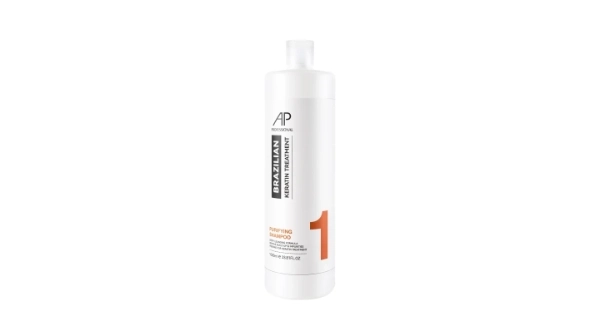In our modern world, plastics have become ubiquitous, infiltrating every aspect of our lives—from packaging and consumer goods to medical devices and construction materials. While some plastics are relatively safe and recyclable, others pose significant risks to human health and the environment. This article delves into the worst plastics to use, examining their properties, potential hazards, and safer alternatives.
Understanding Plastic Types
Plastics are categorized based on their chemical composition and properties. The most common types include:
- Polyethylene Terephthalate (PET or PETE)
- High-Density Polyethylene (HDPE)
- Polyvinyl Chloride (PVC)
- Low-Density Polyethylene (LDPE)
- Polypropylene (PP)
- Polystyrene (PS)
- Other (including polycarbonate and nylon)
While some of these plastics are deemed safer for use, others, particularly PVC, polystyrene, and polycarbonate, are notorious for their harmful effects.
The Worst Plastics to Use
- Polyvinyl Chloride (PVC)
PVC is one of the most widely used plastics, primarily in construction materials, plumbing, and electrical cable insulation. However, it is notorious for its harmful additives, including phthalates and lead, which can leach into the environment and human bodies. Phthalates are endocrine disruptors, linked to reproductive issues and developmental problems in children. Moreover, the production and incineration of PVC release dioxins, highly toxic compounds that can cause cancer and other serious health issues.
Alternatives: Consider using safer materials such as cross-linked polyethylene (PEX) for plumbing or natural materials like wood and metal for construction.
- Polystyrene (PS)
Polystyrene, commonly found in disposable cutlery, food containers, and packaging materials, poses significant health risks. When heated, it can leach styrene, a possible human carcinogen, into food and beverages. Furthermore, polystyrene is notoriously difficult to recycle and often ends up in landfills, where it can take hundreds of years to decompose, contributing to environmental pollution.
Alternatives: Opt for biodegradable materials like bamboo or compostable plastics made from plant-based sources.
- Polycarbonate (PC)
Polycarbonate is often used in water bottles, food storage containers, and safety glasses. The primary concern with polycarbonate is the presence of bisphenol A (BPA), a chemical linked to various health issues, including hormonal disruptions, obesity, and increased cancer risk. Although many manufacturers have begun producing BPA-free polycarbonate, the safety of the alternatives is still under scrutiny.
Alternatives: Glass or stainless steel containers are excellent substitutes for food and beverage storage, providing durability without the associated health risks.
The Environmental Impact of Harmful Plastics
The environmental ramifications of using harmful plastics extend beyond human health. Plastics like PVC and polystyrene contribute significantly to pollution, with millions of tons ending up in oceans and waterways each year. Marine life often ingests these plastics, leading to bioaccumulation of toxins in the food chain, ultimately affecting human health as well.
Moreover, the production of these plastics is energy-intensive, contributing to greenhouse gas emissions and climate change. Transitioning to safer, more sustainable materials is not only a personal health choice but also a crucial step towards environmental preservation.
Making Informed Choices
As consumers, we have the power to influence the market by making informed choices. Here are some practical tips for reducing your reliance on harmful plastics:
- Read Labels: Familiarize yourself with plastic identification codes. Avoid products made from PVC (3), polystyrene (6), and polycarbonate (often marked with a BPA-free label).
- Choose Alternatives: Whenever possible, select products made from safer materials such as glass, stainless steel, or biodegradable options.
- Support Sustainable Brands: Look for companies committed to using environmentally friendly materials and practices.
- Educate Others: Share your knowledge about the dangers of harmful plastics with friends and family to promote a collective shift towards safer alternatives.
Conclusion
Understanding the worst plastics to use is crucial for safeguarding our health and the environment. By identifying harmful materials like PVC, polystyrene, and polycarbonate, we can make informed choices that promote sustainability and well-being. As we navigate the plastic minefield, let us prioritize safer alternatives and advocate for a cleaner, healthier planet for future generations.



More Stories
What Is Hypalon Rubber Sheet? Exploring Its Exceptional Weather Resistance
What Is SMC (Sheet Molding Compound)? Complete Guide for Engineers
Metal Packaging: Leading a Sustainable Future for Food Packaging through Infinite Recyclability and Carbon Reduction